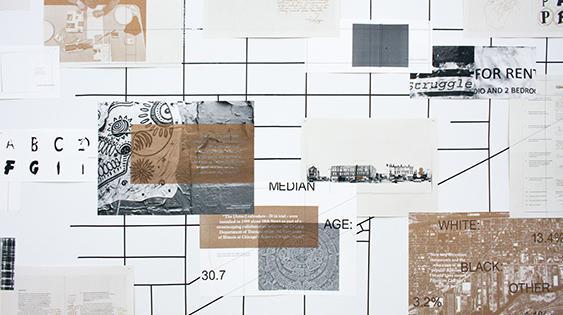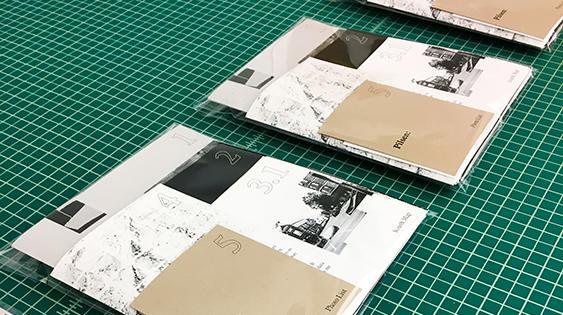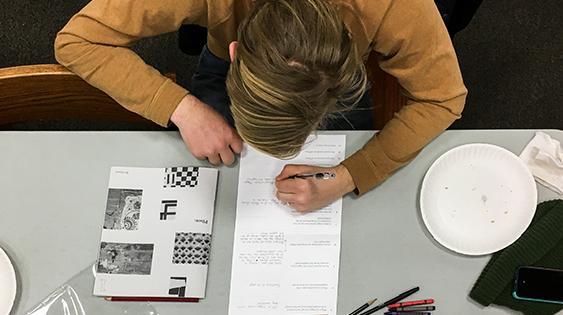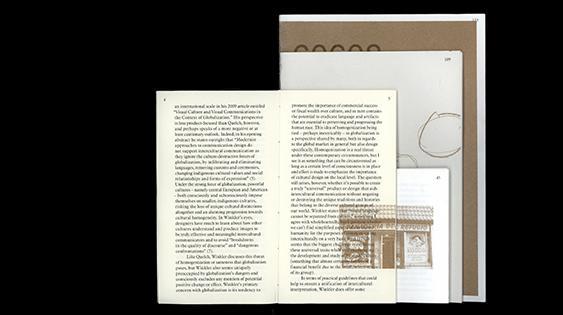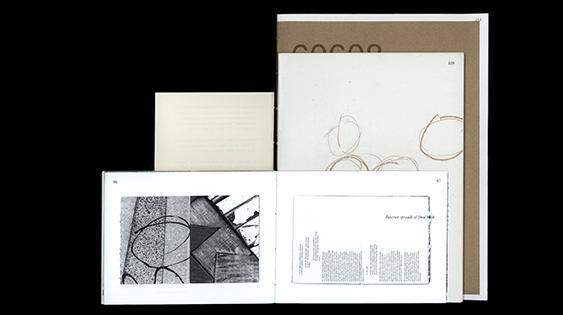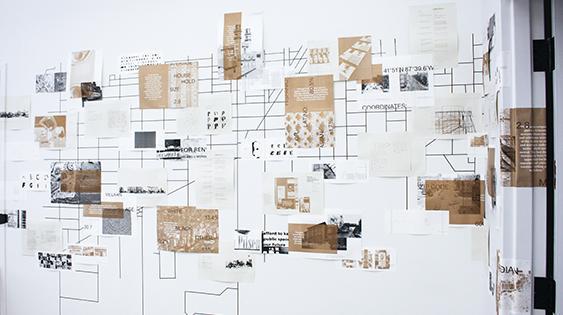At the Intersection of Globalization and Design
This project stems from an interest in the impact of globalization on design, culture, community, and cities in particular. It explores forms and methods of representation of urban neighborhoods in an effort to more inclusively and accurately reflect the residents of a community. Rather than focusing on a single finalized outcome—be it a branding system or new identity—the project documents the processes and methodologies I’ve undertaken in an attempt to synthesize a range of viewpoints and tap into the true character of a neighborhood. In doing so, I hope to shed light on the complex network of voices, opinions, and agendas that come into play during this process, while simultaneously revealing the inevitably controversial and challenging nature of developing a project around the identity of place.
With the intention of expressing broad issues around place on a local scale, I chose to focus my project on the Chicago neighborhood of Pilsen, a community that is known as being predominantly Mexican but that is currently experiencing a tense period of gentrification. It is my belief that a similar process of research, engagement, and aggregation could be applied to any community to generate a more inclusive representation of that place.
Using Pilsen as a case study, my project reveals the complexity involved in determining this representation, illuminating the numerous stakeholders central to this process. There are the residents of the neighborhood, the city, urban planners, real estate developers, as well as academics and outsiders, each with their own idea—be it firsthand, hearsay, or imagined—of what that place is like. For instance, the city has an incentive to push the cultural qualities of Pilsen for tourism purposes, those in real estate see a neighborhood that’s “trending upward” in both rent and general interest, many academics sense the commodification of Pilsen’s murals and Mexican-ness, and many residents feel conflicted about the effects of and their role in the gentrification process. My project endeavors to layer the multitude of voices that make up the collective mental image of Pilsen, taking into account feedback I received from faculty and colleagues throughout the duration of this project. Together, these elements ultimately highlight the complexity and divisiveness of a place-focused endeavor.
My final project is a meticulous documentation of my process of investigation and journey, as I worked to develop a method for place representation. I pursued both independent and community-sourced approaches, the former relying solely on my own perceptions as an outsider, and the latter looking to residents for their thoughts, concerns, interests, and experiences. Both methods have their benefits and drawbacks, and both, in combination with the viewpoints of other outsiders as well as the city of Chicago, are relevant to the neighborhood’s identity. For this reason, the project documents, synthesizes, and shares my research and brings together the many disparate voices that have informed my work; it is a summation of all the work I’ve done on this topic and the insights I’ve drawn as a result. In the end, it is more about the conversations that occur both in a place and outside of it, and the dialogue—and debate—the subject continually generates. The project is meant to both present this current dialogue while simultaneously acting as a catalyst for its inevitable continuation.
Throughout this project and over the past two years I’ve learned that content and research strongly drive my design process. I feel the need to thoroughly study a subject matter and let that knowledge organically shape the overall design, leaning heavily on my background in art, anthropology, and literature. Almost every design gesture I make originates with a specific reason, and while this at times makes experimentation difficult I’ve progressively become more comfortable with my design voice being perhaps a bit “quieter.” I also find myself intrigued with exploring the impetus behind and limits with the notion of “neutrality” as it applies to design. I highly value process and am usually quite systematic, and in terms of content, I find myself drawn toward notions of inclusion, participation, and leaving room for multiple perspectives. With this project in particular, I found myself trying to articulate the role of the designer in society—somewhere between a solo authoritative figure and co-designing with a community (as I find myself distanced from both extremes). As I begin to take the first step into my design career, I hope to take these skills I’ve developed and insights I’ve made into a role that ideally focuses on design thinking and research and emphasizes cultural and civic engagement.
